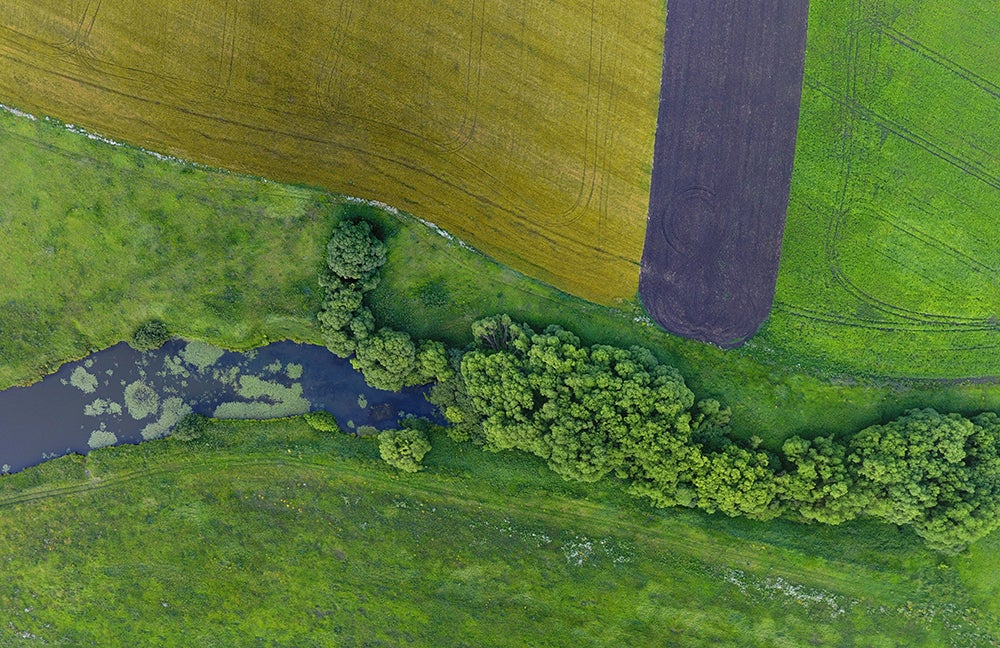
Ecosystems are complex, as is our understanding of the factors affecting them. The Western Lake Erie Basin and the watershed that feeds it is as amazing as it is confounding. Many factors affect the potential for harmful algal blooms in Lake Erie, and as a recent report by the International Joint Commission indicates, just looking within the agricultural landscape elicits an array of contributing factors – many of which are not easily managed.
Phosphorus that is intentionally trapped in installed buffer zones, filter strips, wetlands, riparian zones, ditches and drains, as well as river channels, may be shifting away from these phosphorus sinks and becoming slow releasing phosphorus sources. Agricultural soils in general can also be a slowly releasing phosphorus source. The beneficial and widely adopted practice of conservation tillage systems, initiated in the 1980s to reduce erosion and loss of particulate phosphorus as well as to improve soil health, is contributing to increased dissolved reactive phosphorus loss from fields over time. Without soil disturbance, phosphorus accumulates in the upper most layer of the soil. And combined with high rainfall patterns linked with changing climate conditions, an increasing load of dissolved reactive phosphorus is entering the Lake Erie’s tributaries as a result of increased water flows.
The International Joint Commission (IJC) recently released a report, “Fertilizer Application Patterns and Trends and Their Implications for Water Quality in the Western Lake Erie Basin,” which assesses fertilizer application and impacts in the region. As the report points out, the region is complex and the factors mentioned above only tell part of the story.
There are other contributing factors, like the use of commercial and manure fertilizer sources, which can be managed to the benefit of lake and to farming operations in the watershed. The IJC report notes that broader implementation of a mix of current best management practices is a critical strategy to restoring the health of Lake Erie. Specifically, it notes that adoption of 4R nutrient stewardship (the right fertilizer source applied at the right rate, the right time, and in the right place) can have a positive influence on reducing phosphorus loss from agricultural lands – with timing, rate, and placement being of particular importance. Models also indicate that combinations of nutrient management with various land management practices are necessary to realize a significant reduction in phosphorus loading through Lake Erie tributaries.
The complex equation for agriculture to help reduce the potential for harmful algal blooms in the Lake is not yet solved, and as the IJC report recommends, we all have more to do. The fertilizer industry and our stakeholders continue to promote and support adoption of 4R practices on the farm, through initiatives such as the 4R Nutrient Management Certification Program. And efforts to evaluate the effectiveness of 4R and other best management practices at field and watershed scale must be continued and expanded to identify areas of improvement, something The Fertilizer Institute is pursuing through the 2018 Farm Bill as well as with our own members via the industry’s 4R Research Fund.
Reducing algal blooms in Lake Erie will take time, but we must act on what we know and continue to be pragmatic in our solutions.

